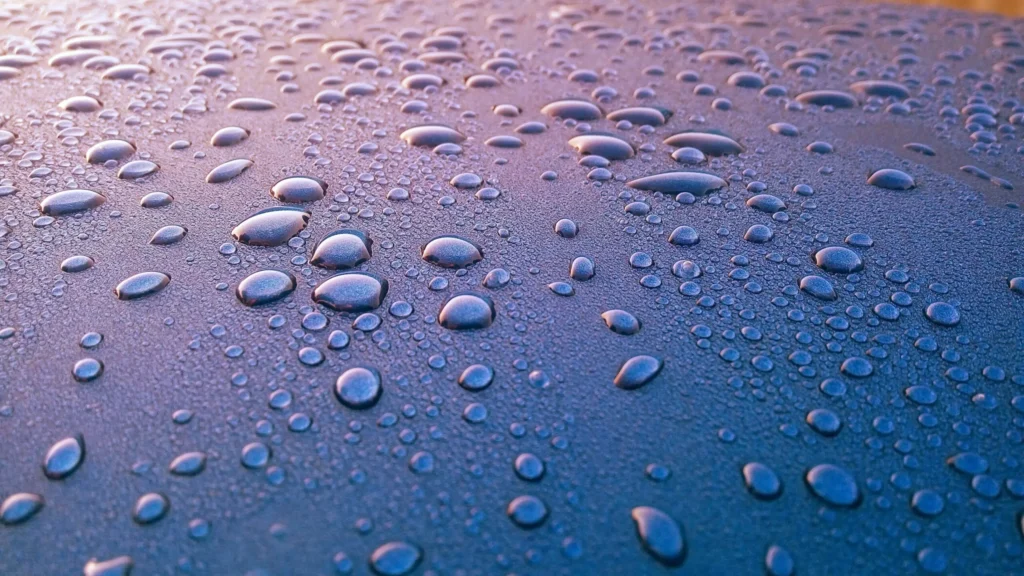The design of products, their name or their function distinguish them from the market environment and at best lead to the customer’s purchase decision.
Successful products are recognized and – that is the essence of competition – imitated because of their design, often also because of the quality associated with them; market shares are chased away. Industrial property rights, in particular designs, patents and utility models, can develop or secure these.
However, the requirements for protection of the types of protection based on design on the one hand and technical properties on the other hand are mutually exclusive. Also, in the case of plagiarism, companies cannot always fall back on the above-mentioned classical property rights. Lack of registration or protectability or simply the expiration of protection seem to give the plagiarist a free hand.
The minimum level of creativity according to the copyright law is not always given. This is where the law against unfair competition (UWG), i.e. the so-called “competitive protection of ancillary copyrights”, can come into play:
In its judgment of 28.06.2019, 6 U 2/19, the Higher Regional Court of Cologne confirmed, that even utility products with technically conditioned but equivalently interchangeable and only very slightly designed product features can enjoy competitive distinctiveness and thus protection against unfair imitation. The counterfeit products were the two microfibre cloths shown below from the product range of a prominent direct selling company.
The products that have been on the market for a long time and have a high turnover were copied almost identically.
The Higher Regional Court of Cologne took the view, that the particular “negative or positive waffle structure” of the cloths in the context of the overall design of the respective “product design” was essential in this respect and influenced the competitive character of the two products. This is also not weakened or even neutralised by comparable products in the intensively researched competitive environment. The objection that the “waffle structure” of the two microfibre cloths was technically conditioned, shaped their design and could not, for legal reasons, establish any competitive originality, did not apply.
The defendant on appeal argued, inter alia, with reference to the popular order for reference of the Düsseldorf Higher Regional Court (OLG) of 7 July 2016, I-20 U 124/15 to the CJEU, as well as the decisions of the CJEU in Cases C-397/16 and 435/16 – Acacia ./. Audi and others and Acacia and others ./. Porsche, that technically conditioned features cannot establish design protection and that this assessment must also be applied to the competitive ancillary copyright protection under the German Unfair Competition Act (UWG). The traditional legal view of the BGH was not compatible with this CJEU case law and had to be abandoned. The Higher Regional Court of Cologne, like the Regional Court of Cologne, opposed this view, but in the end, however, took the view that the waffle structure of the imitated microfibre cloths did not fulfil purely technical functions, but had also been selected taking design considerations into account.
The decision of the OLG Cologne, especially the affirmation of the competitive character of the microfibre cloths may be astonishing. However, it shows impressively that the protection of entrepreneurial.
Services against unfair imitations – in individual cases and after thorough examination – is quite possible, even if no (further) recourse can be had to industrial property rights.
